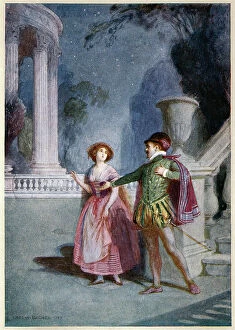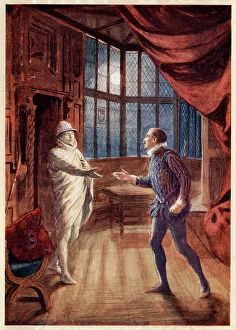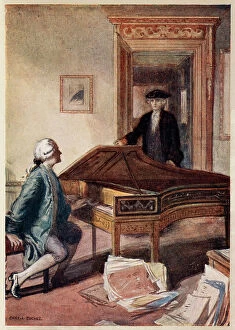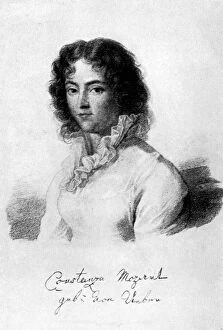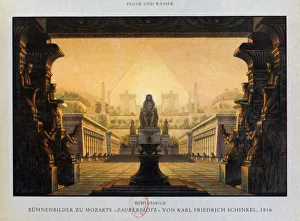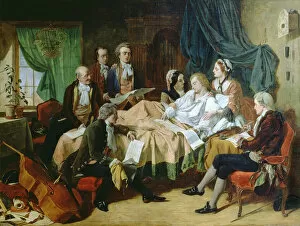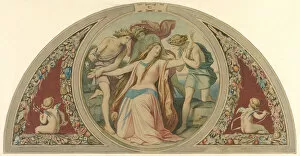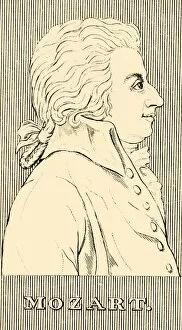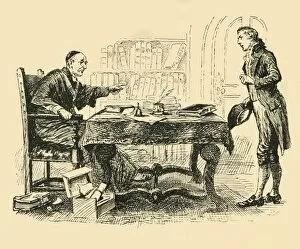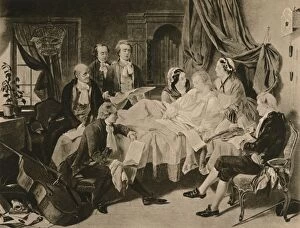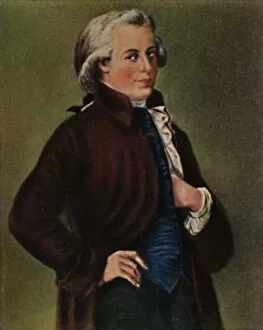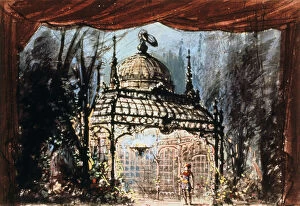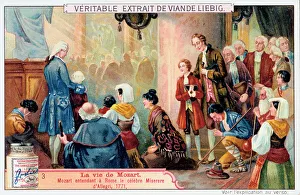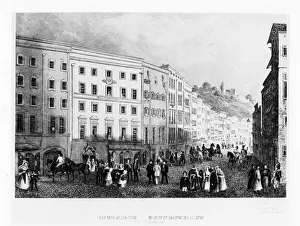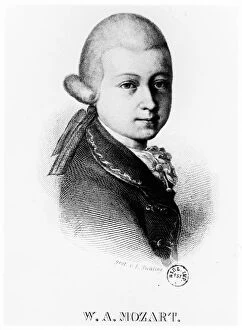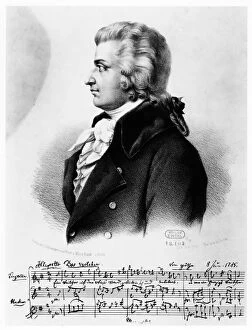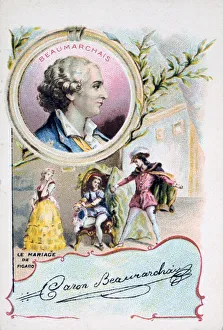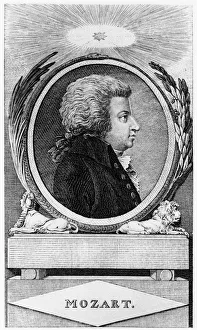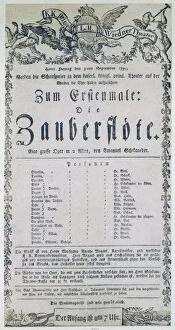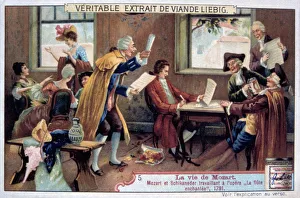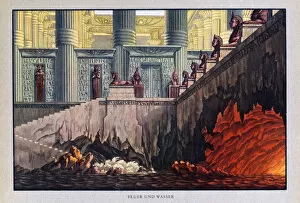Wolfgang Amadeus Collection
"Wolfgang Amadeus: A Musical Journey Through Time" Step into the world Mozart, one of history's greatest musical geniuses
All Professionally Made to Order for Quick Shipping
"Wolfgang Amadeus: A Musical Journey Through Time" Step into the world Mozart, one of history's greatest musical geniuses. In 1762, a young Mozart captivated Empress Maria Theresia with his mesmerizing performance. The image of this momentous occasion, captured in 1936 by an unknown artist, serves as a testament to Mozart's prodigious talent. As we delve deeper into Mozart's works, we encounter the enchanting "Abduction from the Seraglio. " A costume study for Blonde reveals the intricate details that brought this character to life on stage. Meanwhile, Karl Friedrich Schinkel's depiction of the temple of Isis and Osiris from "The Magic Flute" transports us to a mystical realm where Sarastro held sway as High Priest. Mozart's personal life also comes alive through artistic renderings. Constanze Mozart, depicted in 1783, offers a glimpse into the woman who stood beside him during his triumphs and tribulations. And in another poignant portrayal titled "The Last Hours of Mozart, " we witness the somber atmosphere surrounding his untimely demise. In Prague lies a room adorned with memories – it houses the very harpsichord used by Mozart himself during his time there. This photograph allows us to connect with his presence and imagine how he must have felt while creating masterpieces within those walls. Mozart's compositions often explored themes of love and rescue; such is evident in Moritz von Schwind's painting depicting three boys saving Pamina from despairing suicide. Their heroic act echoes throughout time as a testament to humanity’s ability to uplift one another. Operatic performances played an integral role in bringing Mozart’s music to life on stage. Karoline Hetzenecker shines as Sesto in "La Clemenza di Tito" circa 1848 - her powerful soprano voice embodying the emotions that Mozart sought to convey.


